Roadmap will result in better integration, sustainability and synergies across range of activities

Europe’s coastal zones are of great socioeconomic value to the region’s inhabitants. Population densities are high, and coastal zones constitute prime spaces for the development of a wide range of activities. They provide vast supplies of food, energy resources and natural products, while they also represent a fertile space for recreation and tourism.
The dynamic processes that occur within these coastal zones produce diverse and productive ecosystems of historically great significance for the human population. However, many of Europe’s coastal zones are under increasing pressure to balance competing activities and face conflict in relation to space allocation.
The stakeholder groups are diverse and represent distinct sectors, such as fisheries, aquaculture, tourism, wind farm operation and natural conservation. Above all, there is an overarching necessity to meet and comply with valuable environmental protection rules and regulations.
COEXIST
COEXIST, a broad-based, multidisciplinary project that evaluates competing activities and interactions in European coastal areas, is working to provide a roadmap that will result in better integration, sustainability and synergies across the wide range of diverse activities taking place in the European coastal zones.
COEXIST promotes a harmonized approach for the sustainable use of Europe’s seas. With the commitment of 13 institutions from 10 European countries, the partnership will provide ecosystem-modeling tools to support decision makers on maritime space management choices.
Case studies
Geographically diverse case studies will be considered to represent the conditions and combinations of activities in European coastal areas (Figure 1). They will provide data for further analysis to identify benefits and bottlenecks for concomitant development.
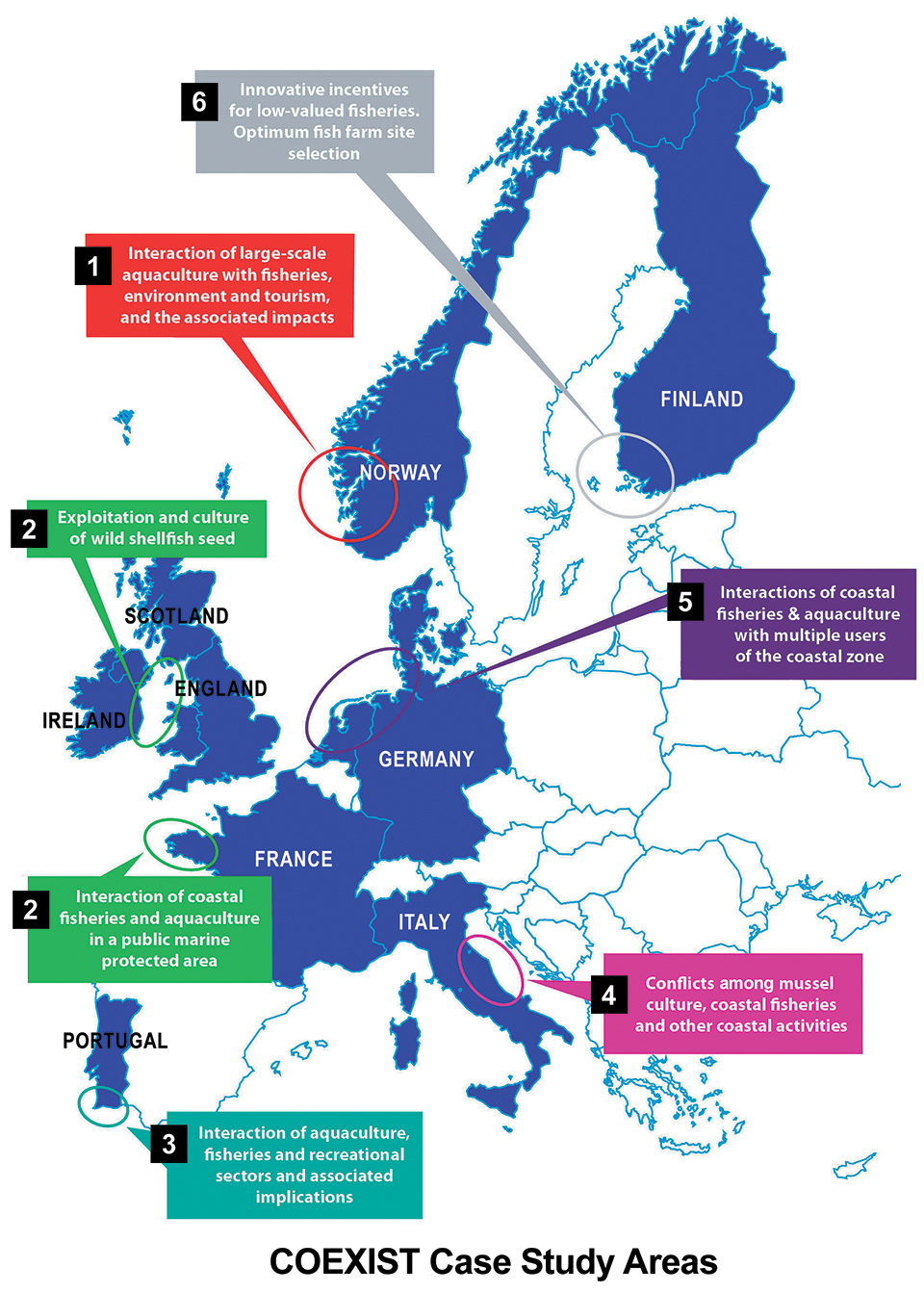
1 = Hardangerfjord
2 = Atlantic Sea Coast
3 = Algarve Coast
4 = Adriatic Sea Coast
5 = Coastal North Sea
6 = Baltic Sea
The Rio Formosa area in Algarve, Portugal, where traditional bivalve farming takes place, is one study area. It is also a natural reserve with unique landscape attributes. The same can be said about the Hardangerfjord area in Norway. Here, however, aquaculture is dominated by more industrialized Atlantic salmon farming, and conflicts with tourism and protection interests may be more apparent.
Additionally, the Irish Sea, the coast of Brittany in France, the Finnish Archipelago Sea and the Adriatic coast of Italy all host some form of aquaculture production. Despite the very different natural and cultural geography, the conflicts between aquaculture and fisheries seem to be common across borders. Another common attribute is the increased pressure on these areas.
Lessons can be learned from the coastal nations that surround the shallow southern part of the North Sea. The demand for space in these areas of the Netherlands, Denmark and the German part of the North Sea is great and has forced these nations to adapt marine spatial planning to a high degree.
Governance
A divergence in governance frameworks exists in Europe’s aquaculture regions. Whereas salmonid aquaculture in Northern European countries is relatively strictly regulated, shellfish farming in Portugal is strongly based on tradition. The lack of biological and legal control mechanisms could leave the shellfish industry vulnerable due to low biosecurity against invading organisms or diseases.
Governance of the marine sector in Europe is dynamic and evolving, and im-provements might benefit both industries and environmental protection interests.
Ecological conditions
In addition, the ecological conditions are diverse, as are local adaptations. In Finland, for example, ownership of marine areas is allowed, while they are considered public property in other countries. Furthermore, Finnish aquaculture is subject to strict regulations on excess nutrients because of the overall nutrient situation in the Baltic Sea. This has led to creative synergies with fisheries in which less-valuable fish are used to feed cultured fish, reducing the net loading of nutrients to the sea.
In contrast, Norwegian aquaculture produces high quantities of nutrients that can have local effects. However, they are considered negligible in the large scale due to excess nutrients from the Scandinavian Coastal Current that dominates the coastline.
The protection of nature interests seems more comparable despite the extreme differences in natural and cultural geography that can be seen along the European coastline. Furthermore, tourist fisheries and fishing by local inhabitants are important interests, but the economic and ecological impacts of these activities are usually poorly monitored.
Stakeholder interests
Interviews with stakeholders are an important source of information for the COEXIST project. The interviews are systematically performed throughout the different study areas and are therefore comparable.
Representatives of various interests have been interviewed on a range of questions to determine major activities, conflicts and possible synergies. The interviews have also provided important information about jurisdiction and governance in the study areas.
Multicriteria analysis is used as a tool to structure and analyze the relevant issues for coastal management in different countries. Other important aspects of the analysis include present and future governance policies, interests of stakeholders and possible risks and future impacts on the different stakeholders. In addition to providing some transparency, multicriteria analysis provides an opportunity to identify positive governance methods for the future based on comparisons of preferences and future impacts in the different societies.
Note: The research leading to these results received funding from the European Community’s Seventh Framework Programme (FP7/2007-2013) under grant agreement no. 245178. This publication reflects the views only of the authors, and the European Union cannot be held responsible for any use which may be made of the information contained herein.
(Editor’s Note: This article was originally published in the May/June 2012 print edition of the Global Aquaculture Advocate.)
Now that you've reached the end of the article ...
… please consider supporting GSA’s mission to advance responsible seafood practices through education, advocacy and third-party assurances. The Advocate aims to document the evolution of responsible seafood practices and share the expansive knowledge of our vast network of contributors.
By becoming a Global Seafood Alliance member, you’re ensuring that all of the pre-competitive work we do through member benefits, resources and events can continue. Individual membership costs just $50 a year.
Not a GSA member? Join us.
Authors
-
Dr. Øivind Bergh
Institute of Marine Research
P. O. Box 1870 Nordnes
N-5817 Bergen, Norway[111,110,46,114,109,105,64,104,103,114,101,98,46,100,110,105,118,105,101,111]
-
Emma Bello Gomez, M.S.
AquaTT
Dublin, Ireland
Tagged With
Related Posts
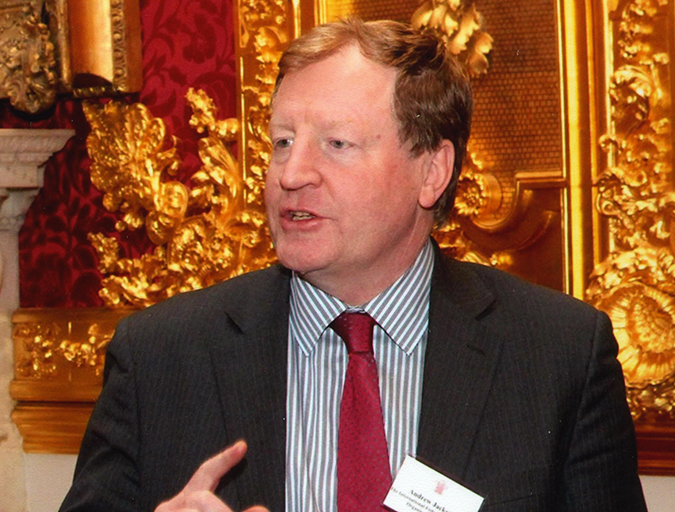
Aquafeeds
Aquaculture Exchange: Andrew Jackson, IFFO
Aquaculture remains dependent on fishmeal and fish oil, crucial marine ingredients in aquafeeds, particularly at key life stages. Andrew Jackson, technical director at IFFO and one of the world’s foremost fishmeal experts, tells the Advocate that the two industries can coexist well into the future if properly managed.
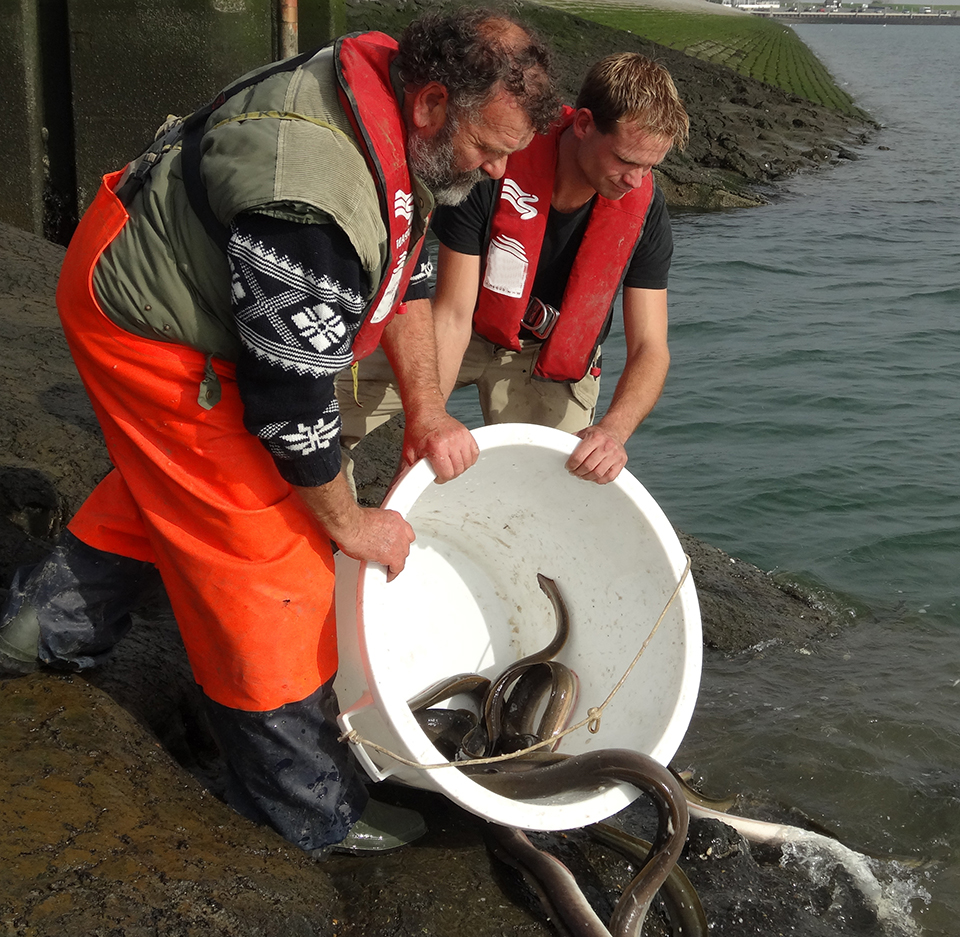
Health & Welfare
Eel production in Europe
After rapid expansion of glass eel culture in the mid-1990s was followed by overproduction, pricing problems, glass eel shortages and NGO pressures, European Union countries adopted national management plans for the eels. Importation of consumption eels was stopped, and exportation was phased out.
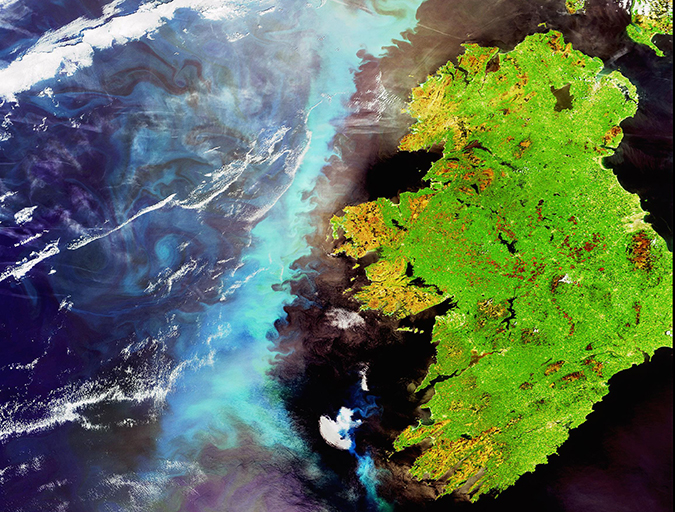
Innovation & Investment
Eye in the sky: Europe employs satellites to advance aquaculture
Copernicus – the European Space Agency’s €4.3 billion Earth Observation System – holds potential benefits for fisheries and aquaculture. The SAFI project is approaching the aquaculture sector about harnessing, and montetizing, this unique service from up above.
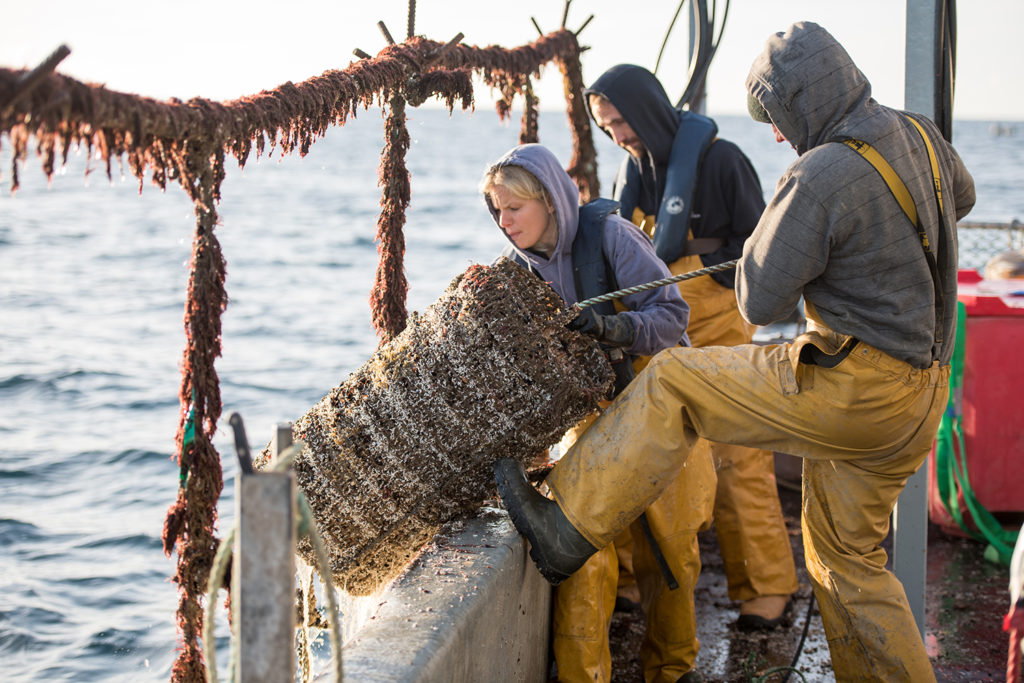
Innovation & Investment
UK lobster-farming project breaks new ground
A project to grow lobsters in the open sea is giving researchers hope that the technology behind stock enhancement could be improved and that lobster farming could provide new prospects for diversification and employment.



